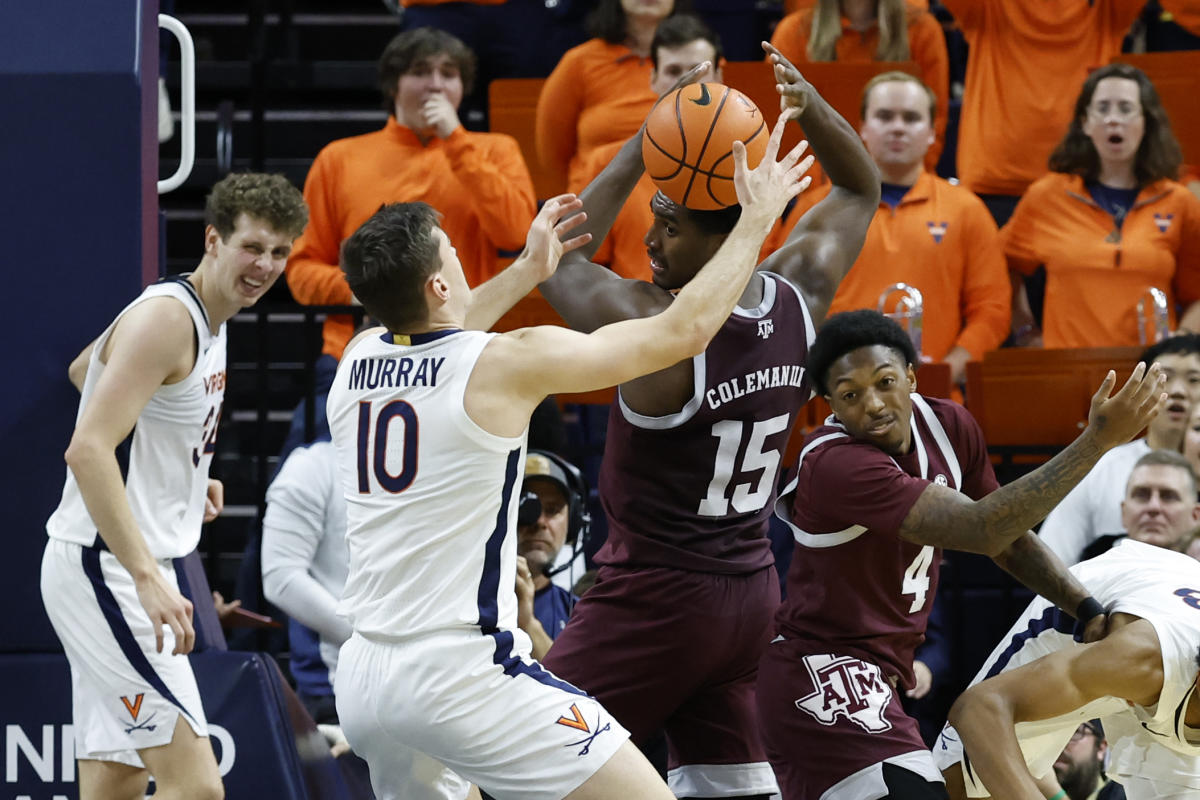The Sanctuary of Bom Jesus on Braga’s hilltops is a significant attraction for Christians who partake in a pilgrimage by climbing the white and gold zig-zag staircase to reach its doors. Just a few kilometers away, on Monte do Castro, stands the Municipal Stadium – a monument that seems both out of place and perfectly natural at the same time. Braga’s Municipal Stadium will host Real Madrid this Tuesday, making it the 152nd different club that Real has played in 68 years of continental football. What sets this stadium apart is its unique backdrop and design.
Situated at the highest point in the Dume area, the stadium defies logic with its standout features. The stand with foundations built into a rock, a large scoreboard perched on a granite embankment, and an empty space offering stunning views of the city below create an unforgettable experience for visitors. This incredible stadium, known as ‘A Pedreira’ (The Quarry), stands out thanks to architect Eduardo Souto de Moura, who received the prestigious Pritzker Award in 2011.
Souto de Moura explains that designing the Braga stadium was one of the most challenging and enjoyable projects of his career. Initially, the reins were handed to another architect, Norman Foster, but due to cost issues, Souto de Moura took over. After visiting the location and falling in love with it, Souto de Moura came up with the vision of carving a stand into the rock, offering spectators a great view. He also designed the lighting to create a theatrical effect and make the stadium suitable for television.
Transforming Souto de Moura’s sketches into a reality required innovation, experimentation, and years of safety testing. The main goal was to integrate the stadium into the environment, creating an aesthetic that did not rely on trusses, poles, or cables. By carving the west stand into a granite massif, Souto de Moura aimed to create a Greek amphitheater effect, which added to the stadium’s unique appeal. Drawing inspiration from various sources, Souto de Moura successfully designed a structure that allowed for natural light and ventilation while staying true to his vision.
Despite its successful completion before Euro 2004, Braga’s Municipal Stadium still struggles to fill its seats. As a result, the stadium is now up for sale, with the city council seeking a prospective buyer who can make better use of the facility. There have been discussions about Braga building a new stadium on the old site, which deeply saddens Souto de Moura, as he believes this would undermine the uniqueness of his creation. However, with Braga’s growing ambitions and their desire to compete on a larger scale, a bigger stadium may be necessary in the future.
Braga’s rise as a football club has been remarkable in recent years, with multiple domestic cup wins, participation in European competitions, and an established position as the fourth-best team in Portugal. As the team continues to grow, it remains to be seen what the future holds for Braga’s unique stadium and their aspirations for success.

Olivia Wilson is a trendsetter in the world of digital culture. With an eagle eye for emerging trends and viral phenomena, she keeps readers up-to-date with the latest online sensations, memes, and pop culture trends. Olivia’s passion for staying ahead of the curve is infectious.




:no_upscale()/cdn.vox-cdn.com/uploads/chorus_image/image/72931262/usa_today_21973134.0.jpg)


